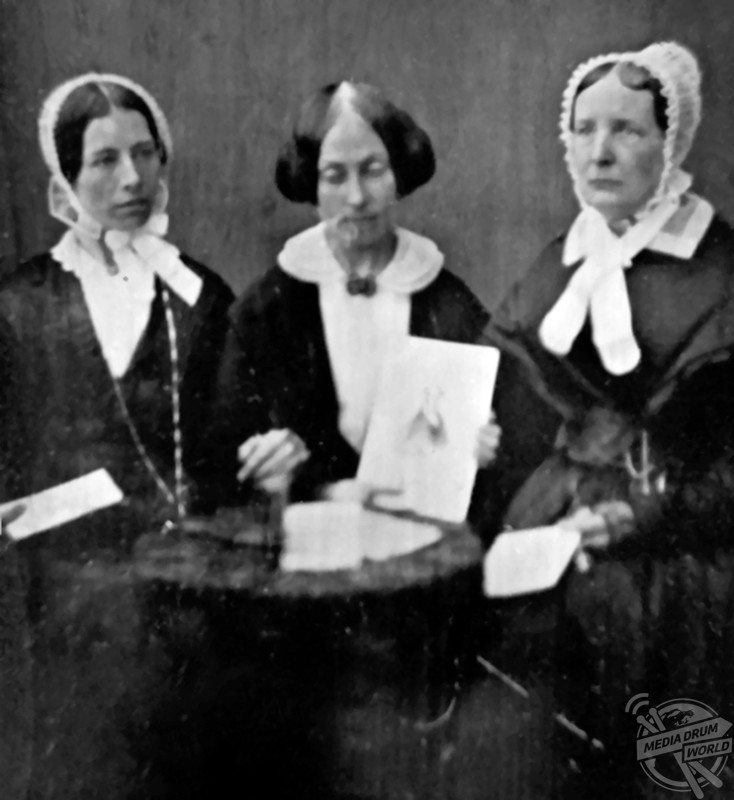
By Liana Jacob
THE INCREDIBLE journey of America’s famous runaway slave Frederick Douglass whose life was transformed after his two-year tour of Victorian Britain is illustrated in a new biographical book.
Vintage portraits include Hans Christian Andersen, author of the Little Mermaid, who Frederick spent time with in London and children’s author Charles Dickens, who admired Frederick’s work.
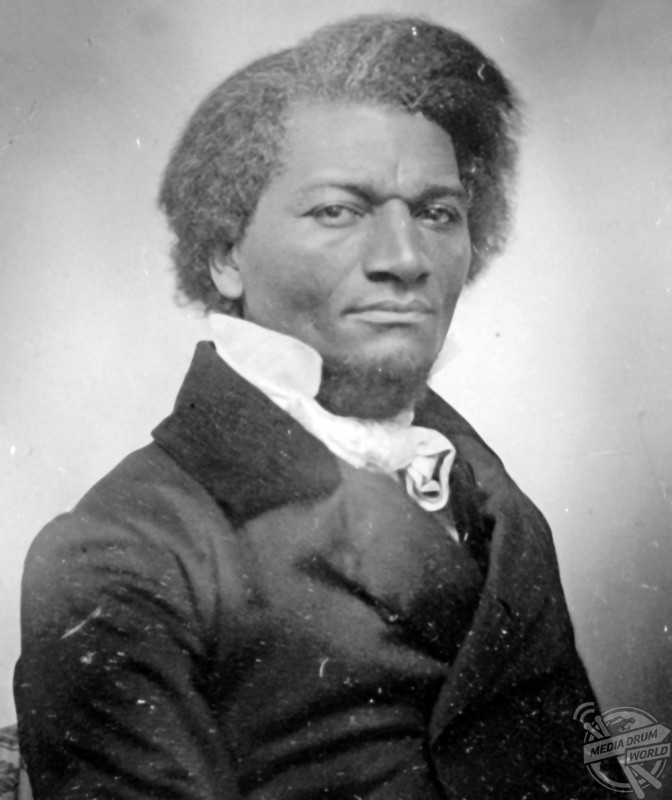
Another portrait shows Scottish poet Robert Burns, who Frederick greatly admired and a visual of himself in 1862.
Another picture reveals the ‘last moments’ of American abolitionist, John Brown, when he kissed an African-American child whilst being escorted out of jail under heavy guard.
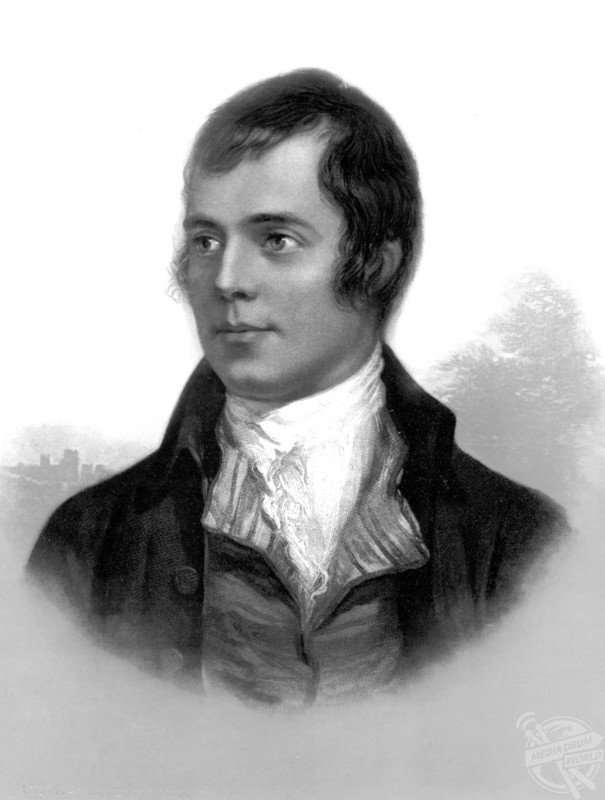
The fascinating photos are part of a biographical book called ‘I Was Transformed’ Frederick Douglass: An American Slave in Victorian Britain by writer and editor, Laurence Fenton. It is published by Amberley Publishing.
“Tall, strong and – most importantly – black, Frederick Douglass, the twenty-seven-year-old runaway slave recently catapulted to fame by the publication of his incendiary autobiography stood out among the crowd of passengers pressed against the railings of the Cambria on the afternoon of Saturday, 16 August 1845,” Laurence said.
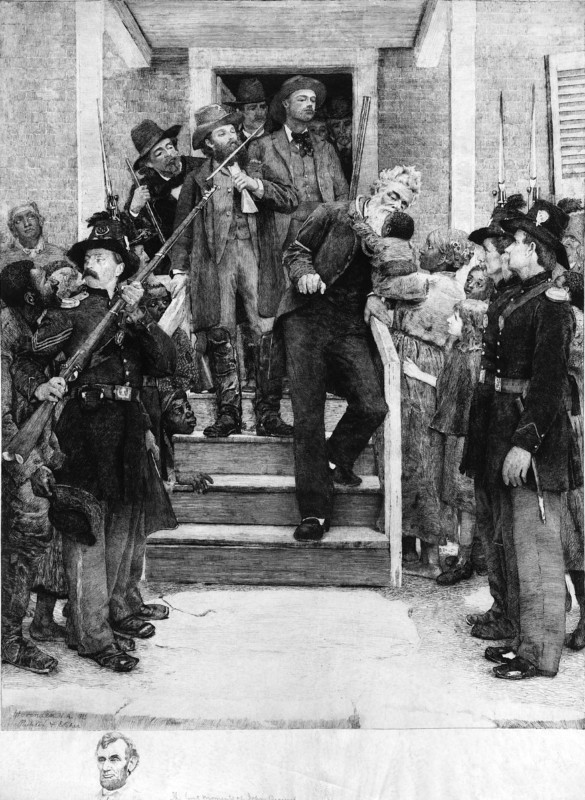
“He was sailing from Boston to Liverpool, having been advised to leave the country until the furore over his book, Narrative of the Life of Frederick Douglass, an American Slave, died down.”
His autobiography attracted a lot of attention from abolitionists and the book became a bestseller and was instrumental in promoting the cause of abolition.
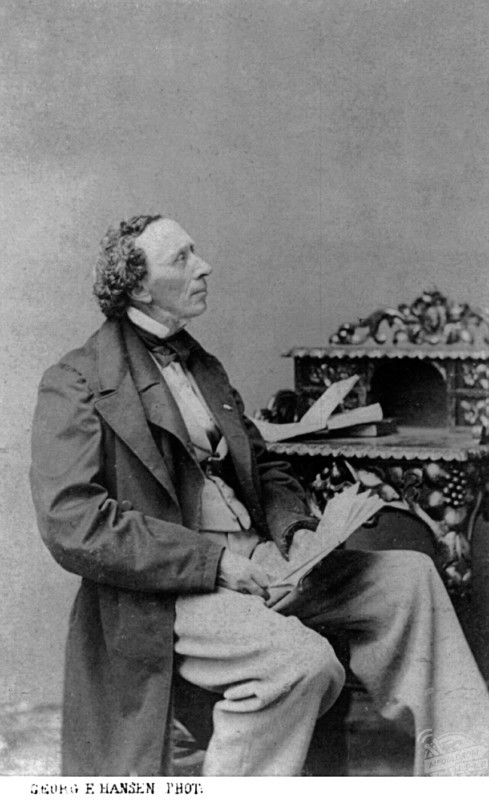
He became the first African-American nominated for Vice President of the United States as the running candidate and Vice-Presidential nominee of Victoria Woodhull, on the Equal Rights Party ticket.
He set sail on the Cambria to Liverpool on August 16, 1845, and travelled to Ireland during the Irish Potato Famine and he was said to have felt free from the American racial discrimination.
“The large number of supporters gathered to see him off singing and cheering until the sound of the ship’s bell rang out loud across the harbour, the good spirits giving way to tears and a final frantic clasping of hands,” Laurence said.
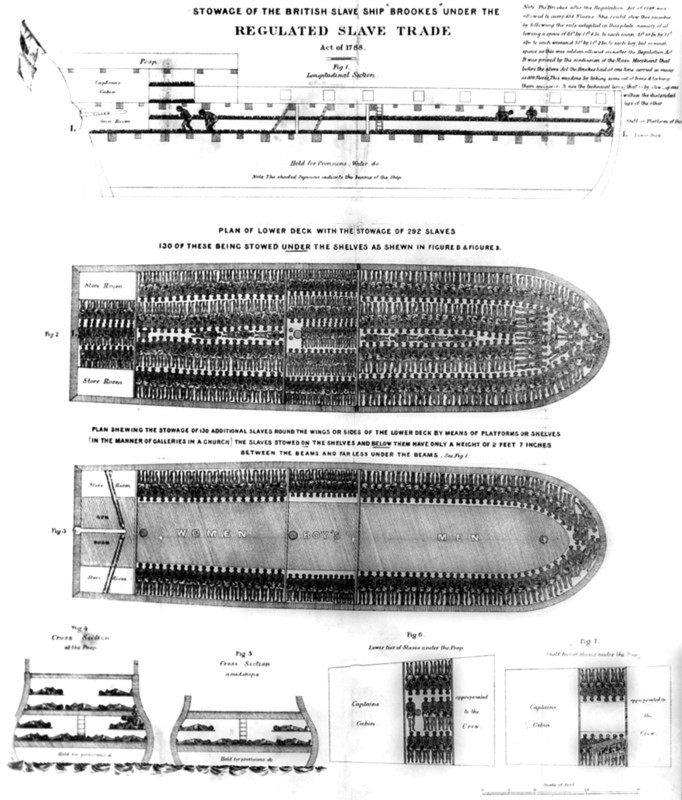
“Britain, indeed, held a special place in the minds of American abolitionists, having long led the way in the movement to abolish the international slave trade, one of the first great milestones of which was the passage of legislation banning British vessels from the trade in 1807, the result of a decades-long campaign headed by storied figures like William Wilberforce and Thomas Clarkson.
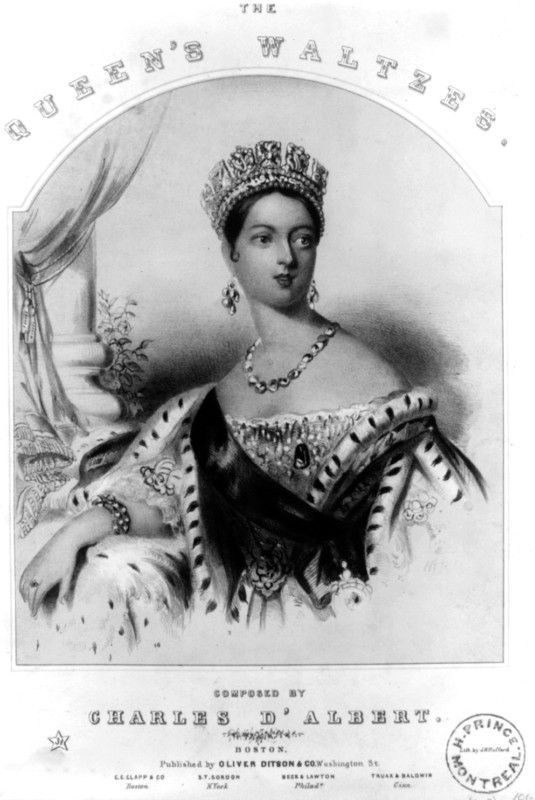
“In what was seen as another mighty moral gesture – one that placed the iniquity of America’s continued slaveholding in ever-starker relief – it had also abolished slavery in the British West Indies in 1833, a move that freed more than 800,000 slaves.”
I Was Transformed is published by Amberley Publishing and is available here: https://www.amberley-books.com/i-was-transformed-frederick-douglass.html






